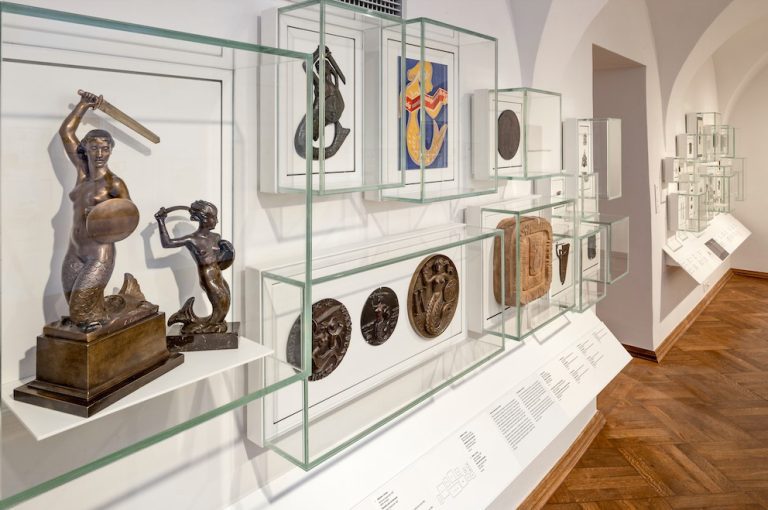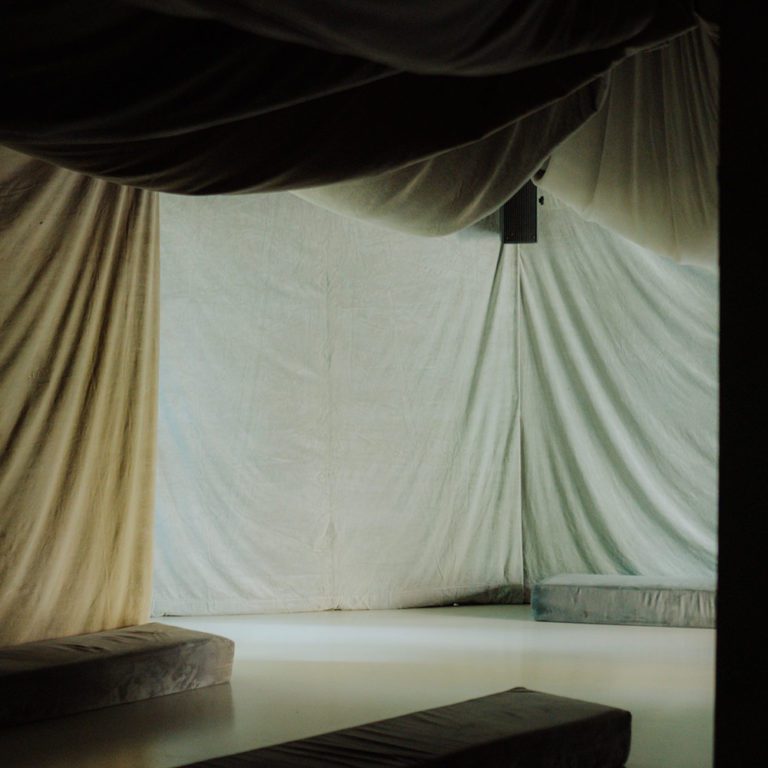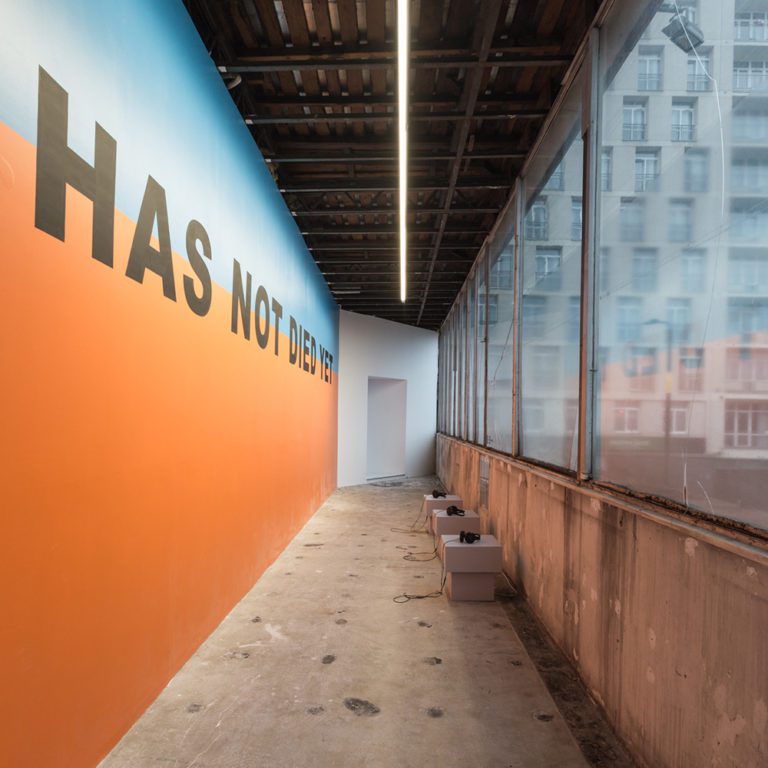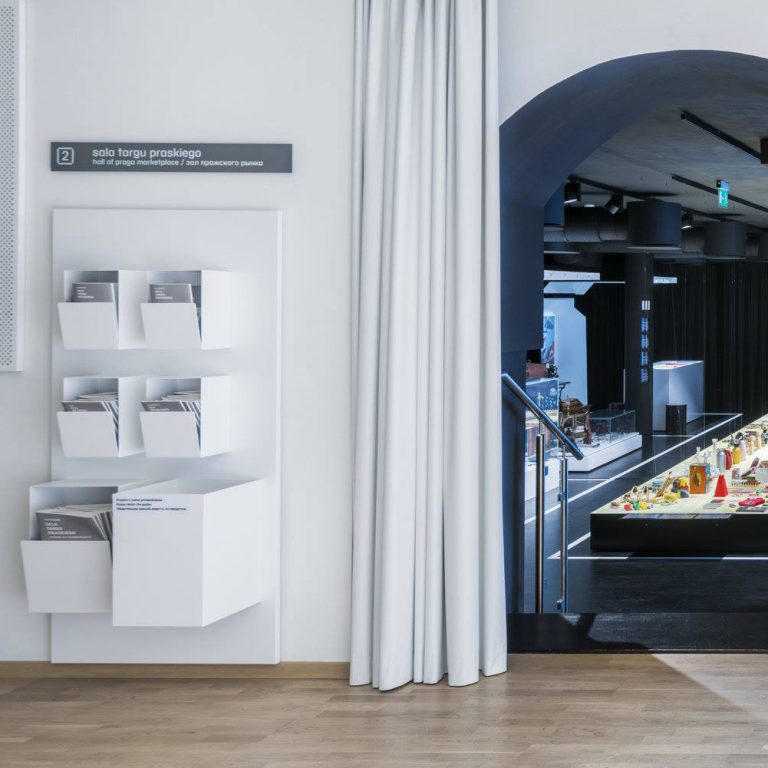
Ukraine Reconstruction Office
exhibition design:
Tomasz Świetlik
\
curator: Petro Vladimirov
exhibition graphic design: Uliana Bychenkova
Tomasz Świetlik
\
curator: Petro Vladimirov
exhibition graphic design: Uliana Bychenkova
client: Museum of Warsaw
01.12.2022 – 02.07.2023
Poland, Warsaw, Rynek Starego Miasta 28–42
01.12.2022 – 02.07.2023
Poland, Warsaw, Rynek Starego Miasta 28–42
The exhibition highlights key aspects of Ukraine's reconstruction, focusing on five systemic areas: housing policy, construction, heritage preservation, law, and administration. Ukrainian experts—urban planners, politicians, developers, urban researchers, and heritage activists—narrate their perspectives. The project illustrates how these domains evolved up to February 24, 2022, and the context they provide for future reconstruction efforts. The exhibition was conceived during an ongoing conflict, drawing attention to the efforts of institutions shaping the organizational and legal frameworks for the country's recovery. Simultaneously, it raises an open-ended questions about the post-war vision for Ukraine, as there is no definitive answer.
The exhibition's title references the Office for the Reconstruction of the Capital, responsible for rebuilding Warsaw after World War II.
The exhibition's design mirrors an ongoing process. Visitors peer into a small, makeshift Reconstruction Bureau, seemingly composed hastily from basic, raw materials. More important than the interior's materiality is its openness, emphasized by the absence of doors and transparent walls. This space is conceived for collaborative work, as highlighted by the clustered, centrally positioned tables. On their surfaces, a video installation is projected, employing simple questions to delve into the complexity of challenges tied to the country's reconstruction.
Complementing the main exhibition room is its substantive appendix. The stations on the corridor walls feature texts that give voice to experts from various fields, whose knowledge and collaboration are indispensable for the country's rebuilding.


